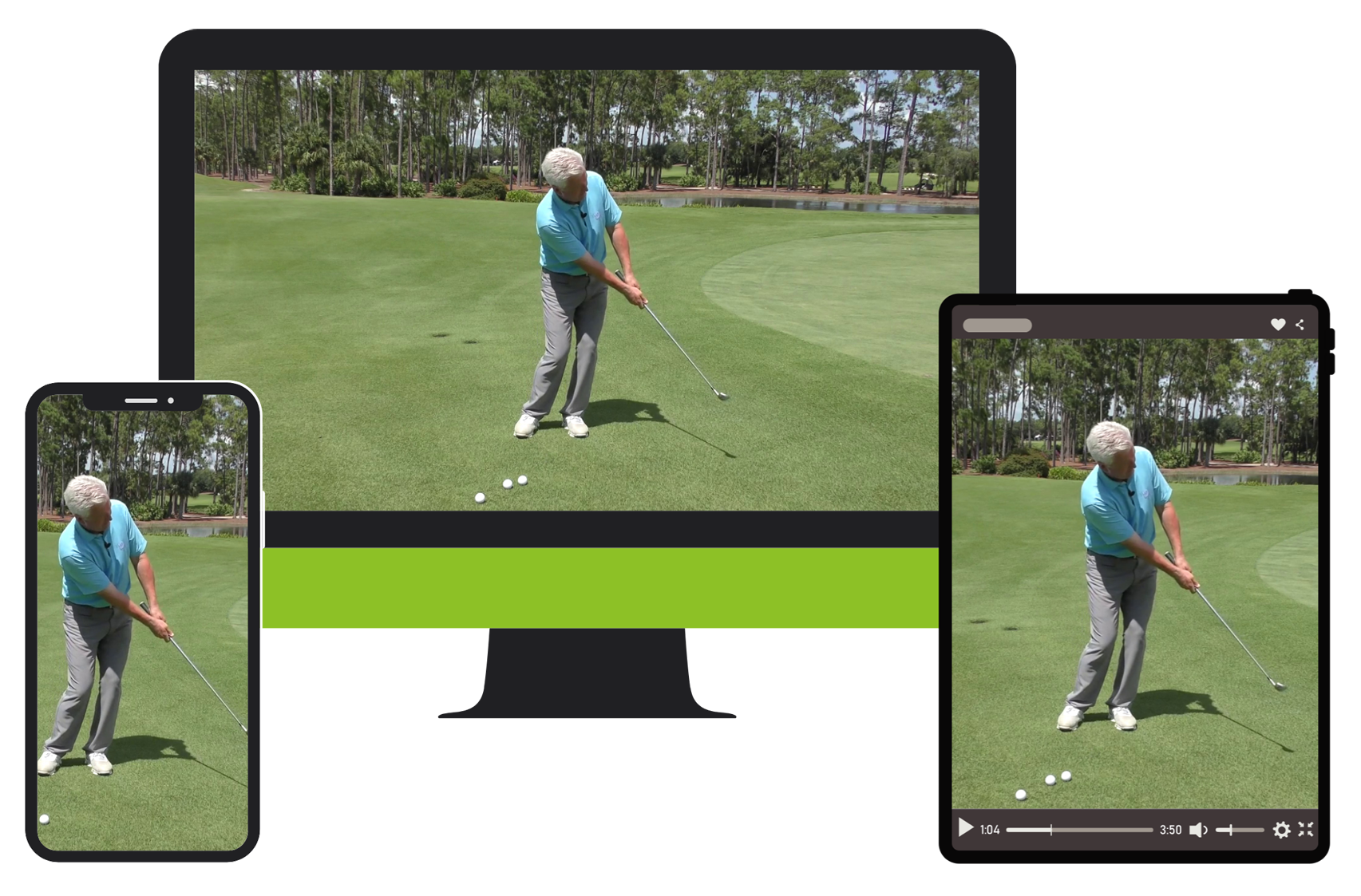Iron Swing Basics: How to Swing Irons with confidence
Irons can feel intimidating, but once you understand the fundamentals, they become some of the most reliable clubs in your bag. Learning how to swing irons correctly comes down to body rotation, proper wrist control, and staying on the right swing plane. At Scratch Golf Academy, we keep things simple so you can strike your irons cleaner and more consistently.
Why Iron Swing Basics Matter
- Accuracy: Irons are designed for precision shots into the green, where control matters more than distance.
- Consistency: A proper setup and smooth swing create predictable ball flight.
- Versatility: Whether it’s a 9-iron for a short approach or a 4-iron off the tee, mastering your iron swing gives you more options on the course.
The foundation of great iron play is simple: rotate through the ball, manage your wrist movement during the golf swing, and stay on plane.


How to Swing Irons: Key Fundamentals
- Setup and Alignment: Position the ball slightly forward of center for mid-irons and even more forward for long irons. Keep your weight balanced with a steady stance.
- Controlled Takeaway: Use a one-piece takeaway to keep your shoulders, arms, and wrists working together.
- Wrist Action: The right wrist action during the golf swing helps square the clubface. Avoid early flipping or scooping.
- Swing Plane: Staying on the correct swing plane in golf swing ensures crisp contact and avoids fat or thin shots.
- Follow-Through: A full, balanced finish proves you’ve rotated through properly without cutting the motion short.
Pro Tip: Think “smooth and steady” rather than “fast and powerful.” Iron swings are about control, not distance.
Ball Position & Setup for Solid Iron Shots
Even with the right swing mechanics, poor setup can ruin your chances of hitting crisp iron shots. Correct ball position and address are essential if you want consistency across your irons.
- Short Irons (8–PW). Play the ball in the center of your stance. This helps you hit down on the ball for a clean strike and more spin control.
- Mid-Irons (5–7). Move the ball slightly forward of center. This encourages a shallower angle of attack while still keeping contact solid.
- Long Irons (3–4). Place the ball two to three inches inside your lead heel. A more forward position allows for a sweeping motion, helping launch the ball higher.
- Weight Distribution. Start with 55–60% of your weight on your lead foot to promote a downward strike.
- Alignment. Keep your shoulders, hips, and feet square to your target line for consistent direction.
Pro Tip: Mark your stance with alignment sticks or tees during practice. Small adjustments to ball position often make the biggest difference in strike quality.

Common Iron Swing Mistakes

- Over-swinging. Trying to hit irons like a driver usually leads to mishits.
- Poor wrist timing. Too much or too little hinge at impact creates slices and hooks.
- Poor wrist timing. Too much or too little hinge at impact creates slices and hooks.
- Losing posture. Standing up during the swing causes thin shots and loss of distance.
Incorrect swing plane. Coming over the top or dropping too far inside makes contact inconsistent.
Learn with Scratch Golf Academy
Mastering how to swing irons isn’t about swinging harder — it’s about rhythm, control, and confidence. By focusing on your setup, ball position, and smooth wrist action, you’ll start striking the ball more cleanly and hitting more greens in regulation.
At Scratch Golf Academy, we make the learning process simple. Our step-by-step lessons show you how to combine the right fundamentals — from grip to swing plane — so your iron play becomes more reliable round after round.
Start your free 14-day trial today and get structured training that will help you sharpen your iron swing and lower your scores.





